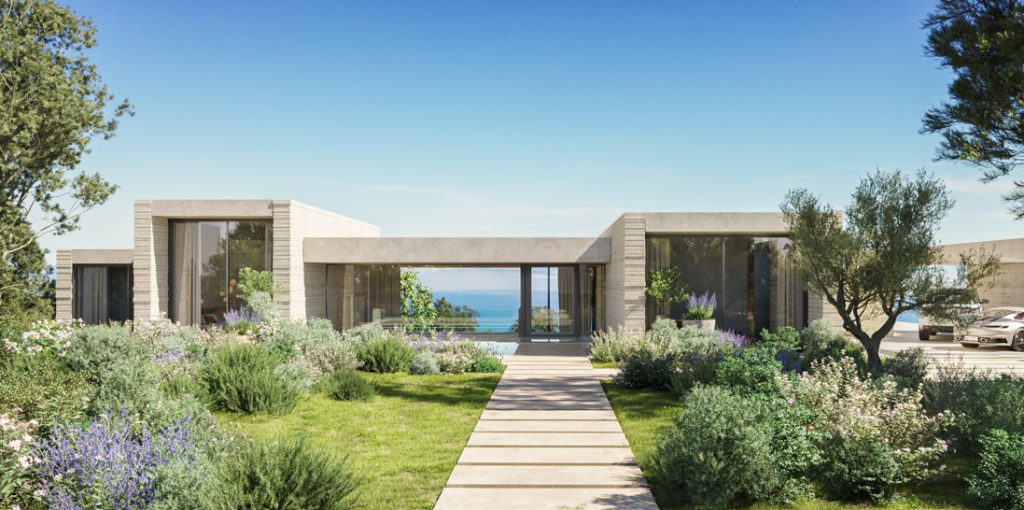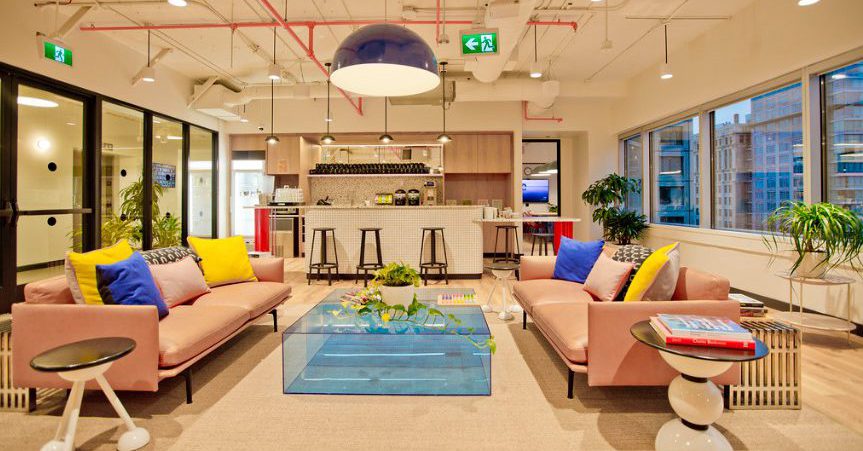Everything seems to indicate that 2025 will be a key year for the real estate sector. It should be noted that this is a changing and constantly evolving market, and that it is currently subject to the strong impact of technology, climate change and a new demographic reality that will undoubtedly translate, now but much more so in the coming decades, into a new kind of needs and trends in terms of housing.
In Spain there is a broad consensus that we are experiencing a real estate crisis, with special emphasis on large metropolitan areas such as Madrid or Barcelona, where the mismatch between supply and demand, as well as the resulting increase in prices, are beginning to be unsustainable. Not to mention the added problem of rising bank interest rates, which has made it difficult for many families to access a mortgage.
In this context, we believe that these will most likely be some of the key points:
1. Sustainable housing

Increasingly, aspects such as sustainability or energy efficiency of a home will be essential requirements for buyers, due of course to the growing social awareness about climate change, but also to the significant economic benefits they entail (lower energy consumption, less maintenance and higher market value).
In Spain, new constructions are adopting technologies such as solar panels, efficient ventilation systems or the use of recycled materials. In addition, buyers are increasingly demanding homes that are not only energy efficient, but also include intelligent systems for controlling energy consumption.
Sustainability is no longer an option, but a clearly increasing requirement!
2. Technology & Innovation

Technology and digital innovation will continue to transform the real estate sector. Online platforms, mobile applications, virtual tours, artificial intelligence and the implementation of new trend analysis mechanisms will be deeply integrated into each stage of the buying and selling process, from searching for a home to sell or rent to signing the contract. And of course, specialized real estate portals will continue to play an important role in the transparency and accessibility of the market.
3. Multifunctional spaces, teleworking & rural areas

In recent years, the phenomenon of teleworking (especially after the Covid-19 pandemic) has considerably changed the way we relate to our homes, and more and more people need to have a work and/or study space in their home (or more, depending on each family). Customers are increasingly looking for homes with spaces that can be adapted to multiple functions, whether as a home office, yoga room, gym, painting or DIY workshop… Which indirectly leads us to an increase in the demand for larger properties in areas far from urban centers.
On the other hand, we find a new and emerging trend: hybrid housing, which combines characteristics of residential complexes with others closer to business environments. And real estate developers are responding to the new demand with designs that integrate coworking areas within residential complexes, with very good results so far.
4. The rental market

We know it well: in Spain, any news that refers to the housing rental market has a great social and media impact. In this sense, new models such as coliving and flexible rental have appeared, in order to solve the great housing challenges in urban centers with high population density such as Madrid, Barcelona and other large cities.
These new forms of cohabitation have also managed to respond very well to the needs of younger generations who value concepts such as mobility, flexibility and interconnection. These spaces combine private areas with common areas and services such as coworking, cleaning and group activities. This is particularly interesting and advantageous for so-called expats, but also for international students, for example.
Another remarkable novelty in the rental market in Spain is the flexible contract, which allows the tenant to leave the home without being forced to pay significant penalties.
5. Tourism & Foreign investments

The Spanish real estate sector continues to represent an attractive business for foreign capital investments. Characteristics such as the climate, quality of life and the relative affordability of housing make our country a real magnet for many foreigners, both individuals and companies. In 2025, this interest will intensify, especially in the luxury sector, second homes and holiday rentals.
European investors, particularly from countries such as Germany, the United Kingdom and Scandinavian countries, are increasingly interested in coastal and tourist areas such as the Costa del Sol, the Balearic Islands and the Costa Blanca. These regions offer properties with sea views, modern architecture and proximity to high-end services.
However, the urban market also attracts (and a lot) international investors. The acquisition, renovation and marketing of used homes in cities such as Madrid and Barcelona are particularly advantageous from a financial point of view, as they offer the possibility of acquiring assets at relatively affordable prices for capital from economically stronger countries, and increasing their market value with modern renovations and high-quality finishes.
Therefore, we are faced with a general scenario in which the Spanish real estate sector is not only experiencing a change in customer preferences, but also, in a very significant way, an evolution in the way we interact with housing. Without a doubt, we will have to be very attentive in the coming months to see what direction the sector is taking, without forgetting the possible decisions that are taken in Parliament and/or the Council of Ministers to try to alleviate the negative effects of the current situation.
Certainly the challenge is huge, and no less so are the internal and external agents that influence the national real estate market in different ways, but together we will have to turn each problem into an opportunity and adapt as best as possible to the new realities that are presented to us.



